 Your new post is loading...
 Your new post is loading...
As President Donald Trump wages daily war against the press, millennials are subscribing to legacy news publications in record numbers—and at a growth rate, data suggests, far outpacing any other age group.
Since November's election, the New Yorker, for instance, has seen its number of new millennial subscribers more than double from over the same period a year earlier. According to the magazine's figures, it has 106 percent more new subscribers in the 18-34 age range and 129 percent more from 25-34.
The Atlantic has a similar story: since the election, its number of new subscribers aged 18-24 jumped 130 percent for print and digital subscriptions combined over the same period a year earlier, while 18-44 went up 70 percent.
Newspapers like The Washington Post and The New York Times typically do not share specific subscriber data, but according to a Post spokesperson, its subscriber growth rate is highest among millennials. A New York Times representative relayed that the paper was “seeing similar trends” in subscriptions and pointed to public data on digital traffic that showed its online reach among millennials to be up 9 percent from the same period a year ago.
Using NewsWhip Analytics, we can rank the performance of all sites, based on how many Facebook engagements they achieved with links to their website, published in Dec 2016 only.
It’s important to remember what we’re measuring here in this analysis. We aren’t looking at the impact of native videos or images on Facebook, but rather how links to owned websites, as well as Instant Articles, performed in terms of social engagement on the platform.
Here are some of the key points this time round:
– IndiaTimes.com comes out as the most engaged English language sites on Facebook in December 2016, with over 25 million engagements on content published that month.
– NBC, Fox and CNN make significant gains to finish in the top five sites on the platform.
– There has been a general narrowing of the field for top publishers, with a difference of just seven million engagements between the first and tenth sites....
Each month, MediaShift posts a chart from Storyclash ranking publishers and news stories that get the most social media interactions. Storyclash regularly publishes rankings of Social Media Trends, covering online articles with the most social media interactions on Facebook and Google+.
The top story of the year according to analysis from Storyclash wasn’t the election. It was the moon. The November supermoon got publisher ScienceAlert 2.8 interactions and beat out stories about Hillary Clinton, Donald Trump and Queen. Below is the full list of the top social news in 2016 from Storyclash....
Each month, MediaShift will post a chart from Storyclash ranking publishers and news stories that get the most social media interactions. Storyclash regularly publishes rankings of Social Media Trends, covering online articles with the most social media interactions on Facebook and Google+. Below is a look at the top stories and publishers in Storyclash’s analysis for the month of November. In November, the Huffington Post rose the ranks to the top spot with LittleThings.com, USA Today, Washington Post and Breitbart filling out the top five in that order. The top post for the month had to do with the Supermoon, followed by a Business Insider post about how to move to Canada....
Much has been written about the fall of traditional media, but I had a front row seat. I lived through it as a producer for 30-years at one of America’s great TV stations, and now I’m on the other side of the equation, managing a thriving marketing firm that specializes in video storytelling and content marketing. How much has the world changed in that span? I went from typing TV scripts on a manual typewriter to writing this blog on a MacBook Pro — a sentence that helps illustrate the dramatic changes in technology that revolutionized the ways information is delivered and the monumental changes in both audience size and expectations. Throw in the rise of search, and the ability of an audience to curate its own news and information, and you have a new world where brands are basically required to create their own content. How we got here is what’s so interesting....
Over the past couple of years, several popular websites have incentivized their writers with a compensation plan that sounds reasonable: If your stories generate more clicks, we’ll pay you more.
But think about the real-world implications of that for a moment. If a writer / aggregator / reporter / blogger (let’s shorten that to the acronym “WARB”) has a direct incentive to generate more clicks, do you think they’re going to go with a straightforward headline or a more sensational one? Do you think they’ll look to exploit inadvertent “mini gaffes” more than they otherwise might?
I want to be careful not to suggest that all WARBs with a financial incentive would sensationalize their reporting. Perhaps the needle of public interest and popularity can be threaded, in some cases, simultaneously. And this overall trend of writing with traffic in mind is far from new. But, even with all of those caveats, it’s yet another troubling trend that makes a spokesperson’s job that much more challenging.
You’ll find a few examples of this trend below. Some of the sites listed in these news articles have since gone defunct, while others may have subsequently altered their revenue models....
|
When I visited a dozen news organizations on our Innovation Tour last November, there was a surprising consensus among the biggest players on the next big thing they had in focus: Voice-activated news for devices like Amazon Echo and Google Home. As was true for Virtual Reality/360-degree video a year earlier, the medium is so new that publishers are just beginning to figure out where to start. But they believe that the eventual opportunity could be huge....
As journalists continue to critique their coverage of the presidential election, Nieman Reports is publishing an ongoing series of articles exploring the issues, challenges and opportunities—from newsroom diversity to fake news to community news outlets—that will inform reporting going forward. The full list of articles is below.
A new Pew Research Center survey finds that, for the most part, the large majority of Americans do not feel that information overload is a problem for them. Some 20% say they feel overloaded by information, a decline from the 27% figure from a decade ago, while 77% say they like having so much information at their fingertips. Two-thirds (67%) say that having more information at their disposals actually helps to simplify their lives. The survey shows that most Americans are comfortable with their abilities to cope with information flows in their day-to-day lives. Moreover, those who own more devices are also the ones who feel more on top of the data and media flows in their lives. Those who are more likely to feel information overload have less technology and are poorer, less well-educated and older....
Since Election Day, President-elect Donald J. Trump has proposed a U-turn in American diplomatic relations with Cuba, boasted about negotiations with a major manufacturer, trumpeted false claims about millions of illegal votes and hinted that he might upend current free speech laws by banning flag burning.
All in 140 characters or less.
As news organizations grapple with covering a commander in chief unlike any other, Mr. Trump’s Twitter account — a bully pulpit, propaganda weapon and attention magnet all rolled into one — has quickly emerged as a fresh journalistic challenge and a source of lively debate.
How to cover a president’s pronouncements when they are both provocative and maddeningly vague? Does an early-morning tweet amount to a planned shift in American policy? Should news outlets, as some readers argue, ignore clearly untrue tweets, rather than amplify falsehoods further?...
Breitbart, the website at the center of the self-described alternative online media, is planning to expand in the United States and abroad. The site, whose former chairman became the chief executive of Donald J. Trump’s campaign in August, has been emboldened by the victory of its candidate.
Breitbart was always bullish on Mr. Trump’s chances, but the site seems far more certain of something else, as illustrated by a less visible story it published on election night, declaring a different sort of victory: “Breitbart Beats CNN, HuffPo for Total Facebook Engagements for Election Content.”
It was a type of story the site publishes regularly. In August: “Breitbart Jumps to #11 on Facebook for Overall Engagement.” In June: “Breitbart Ranked #1 in the World for Political Social Media; Beats HuffPo by 2 Million.” Late last year: “Breitbart News #6 for Most Comments Among English Facebook Publishers Globally.”
These stories were self-promotional. But the rankings, released on a monthly basis by a company called NewsWhip, which measures activity on social networks, represented a brutal leveling. They were unelaborated lists that ranked outlets in terms that were difficult to dispute — total shares, likes and comments....
|
 Your new post is loading...
Your new post is loading...
 Your new post is loading...
Your new post is loading...






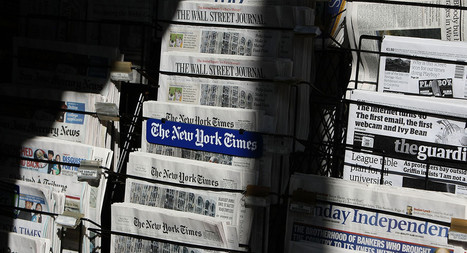

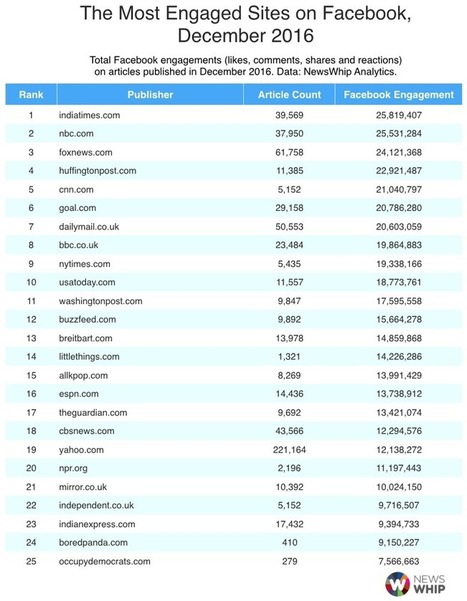

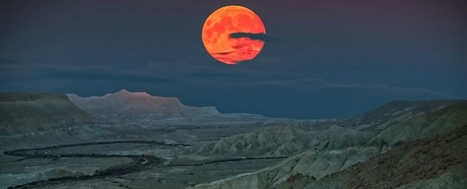


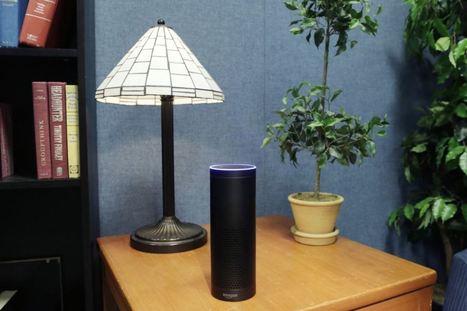

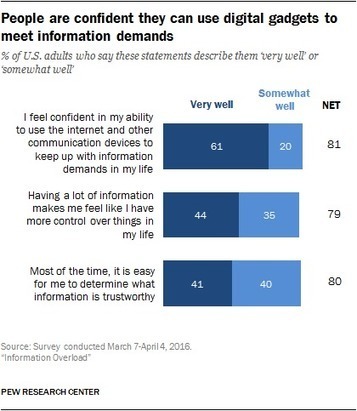







Newspaper subscriptions growing again? By millennials? You betcha.